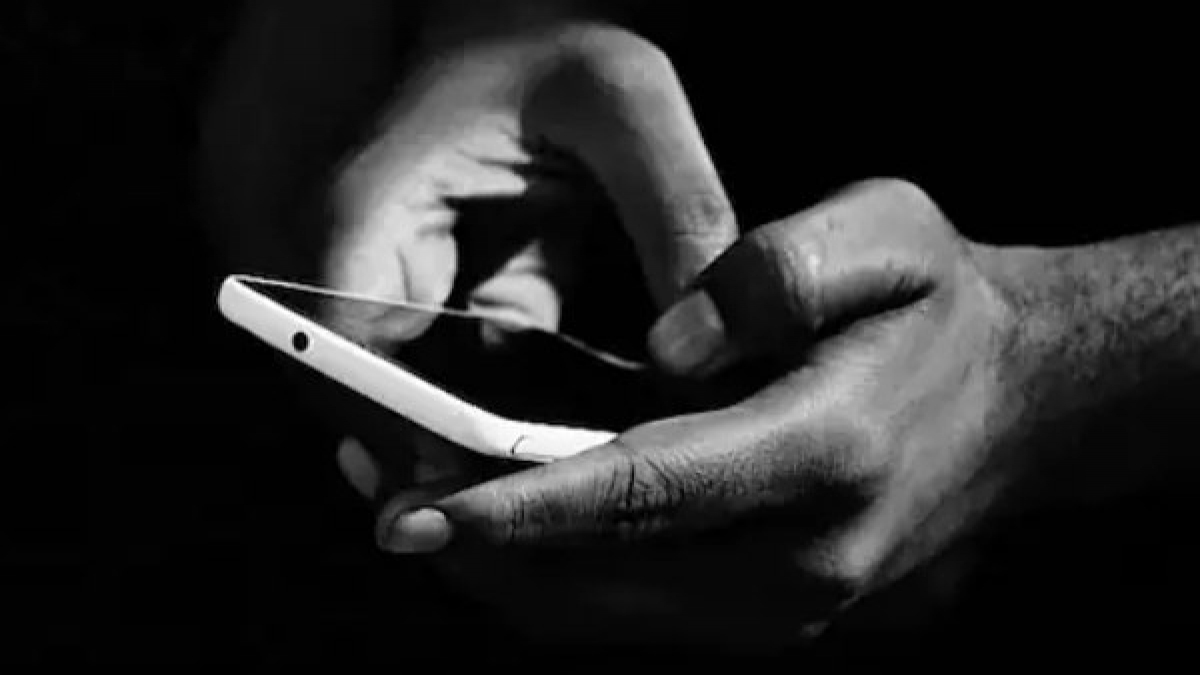UPI PAYMENTS AND THEIR ATROCITIES
Author – Sinrella Mittal, Student at Bharati Vidyapeeth (Deemed to be University) New Law College, Pune.
BEST CITATION – Sinrella Mittal, UPI PAYMENTS AND THEIR ATROCITIES, INDIAN JOURNAL OF LEGAL REVIEW (IJLR), 3 (1) OF 2023, PG. 834-839, ISSN – 2583-2344.
ABSTRACT
The Barter system was a blotchy method of exchange of goods and services for consideration. Since ancient time money transfigured itself into many forms and today it had finally emerged in the form of currency. In the United Nations (UN) member states, UN General Assembly non-member observer states, partially recognized or unrecognized nations, and their dependent entities, 180 currencies are now accepted as legal money. Since independence, currency has made up at least two-thirds of the total amount of money in circulation. The amount of currency in circulation increased dramatically from Rs 1,230 crores in July 1951 to Rs 3,052 crores by the end of June 1967. Gold coins, bullion, foreign securities, and other precious metals made up 54% of the Issue Department’s assets in July 1951, with Government of India rupee securities making up the remaining 42%. By June 1967, the former proportion had come down to less than 10 per cent, while the latter had risen to 88 per cent and the trend is incessant.[1] The behaviour of people using currency in developing nations that are facing various socio-political and economic difficulties has been examined. While each of these nations faces unique difficulties, they all share a heavy reliance on cash and an extremely low adoption rate of other payment methods. India, where, 60% of individuals lack banking access, is a country with a cash-heavy economy that relies heavily on gold as a store of wealth. However, there is always a cost that the nations must bear for their strong reliance on finance.[2] To cope up with such a calamitous problem, the domestic economy welcomed a revolutionizing step towards easing out the reckoning activities and was named as Unified Payments Interface. But along with easing the payment activities, it has somewhere made these activities prone to attack with a fear of losing out data and of course, financial delinquency.
Keywords: UPI transactions, OTP/ PIN, Digital Payments, Attack and Fraud.
[1] Currency: Changes and Challenges, RESERVE BANK OF INDIA (Jan 22, 2023, 07:04 PM), https://rbidocs.rbi.org.in/rdocs/content/PDFs/90042.pdf.
[2] Bhaskar Chakravorti, The Hidden Costs of cash, HARVARD BUSINESS REVIEW (Jan 31, 2023, 12:23 PM), https://hbr.org/2014/06/the-hidden-costs-of-cash.
